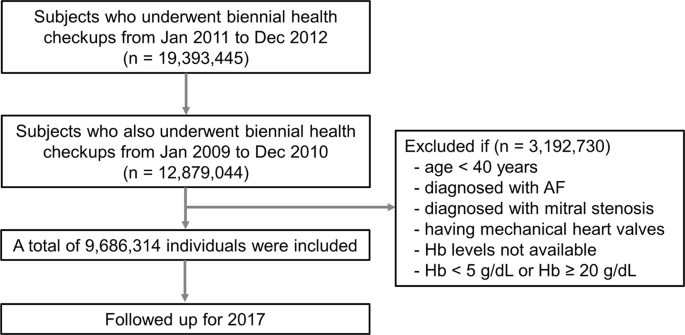
The important message for nephrologists is that Hb is always superior to Hct for monitoring the anaemia of renal disease because it can be measured with greater accuracy both within and between laboratories. Which is more important hemoglobin or hematocrit? What hematocrit level is considered anemic?Īnemia is a decrease in the number of red blood cells (RBCs-as measured by the red cell count, the hematocrit, or the red cell hemoglobin content). The genetic test is designed to work in conjunction with an ultrasound scan for expecting mothers. SneakPeek Clinical is an early gender DNA detection test offered to women starting at 8 weeks into pregnancy. Can a blood test determine gender at 8 weeks? There is, on average, only about one fetal cell per ml of blood in pregnancies with a normal fetus. Y-DNA is detectable as early as 5–7 weeks of gestation and disappears by 2 months post partum (Thomas et al., 1995). Donor should be in the age group of 18 to 65 years. Men can donate safely once in every three months while women can donate every four months. Can a woman donate blood to a man?Īny healthy adult, both male and female, can donate blood. What is the Haemoglobin count for a normal healthy male and female in humans? For women, 12.0 to 15.5 grams per deciliter. The normal range for hemoglobin is: For men, 13.5 to 17.5 grams per deciliter. Increasing blood viscosity via an increase in hematocrit reduces peripheral vascular resistance, lowering blood pressure and increasing perfusion via the increase in cardiac index.

What happens to blood pressure if hematocrit levels are high? Normal levels of hematocrit for men range from 41% to 50%. Hematocrit is the percentage of red cells in your blood. Staying hydrated is especially important because fluids help keep the blood from getting too concentrated. Certain lifestyle changes, like quitting smoking and staying hydrated, can help lower high red blood cell counts. What to do for abnormally high hematocrit levels. Many factors can affect your hematocrit levels, including a recent blood transfusion, pregnancy, or living at a high altitude. What are different factors that can affect hematocrit values? In children, the definition varies with age and sex. At what level is hemoglobin dangerously low?Ī low hemoglobin count is generally defined as less than 13.5 grams of hemoglobin per deciliter (135 grams per liter) of blood for men and less than 12 grams per deciliter (120 grams per liter) for women. What condition is defined by a hematocrit of 70% or higher?Īn abnormally low hematocrit may suggest anemia, a decrease in the total amount of red blood cells, while an abnormally high hematocrit is called polycythemia. Can you tell if blood is male or female?Ī simple blood test that can determine a baby’s sex as early as seven weeks into pregnancy is highly accurate if used correctly, according to a new study. In healthy men and women, an approximately 12% difference of mean hemoglobin levels in venous blood has been reported, with men having higher mean hemoglobin levels than women. Why is hematocrit higher in males than females? – Related Questions Who has more hemoglobin male or female? A disorder, such as polycythemia vera, that causes your body to produce too many red blood cells. What causes higher hematocrit? A higher than normal hematocrit can indicate: Dehydration.

The cause of this gender-based difference is unclear. Why do males have higher hemoglobin levels than females? The sex difference in mean venous haemoglobin levels and red cell mass is generally considered to be caused by a direct stimulatory effect of androgen in men in the bone marrow in association with erythropoietin, a stimulatory effect of androgen on erythropoietin production in the kidney, and an inhibitory effect ofĭo males or females have higher hematocrit? Introduction: Males have a higher hematocrit (Hct) than females.
Female hemoglobin and hematocrit levels skin#
Also in blood clots faster and the skin have fewer blood vessels than in women. Why is hematocrit higher in males than females? The hematocrit is inversely proportional to percent body fat, which is higher in women than in men.


 0 kommentar(er)
0 kommentar(er)
